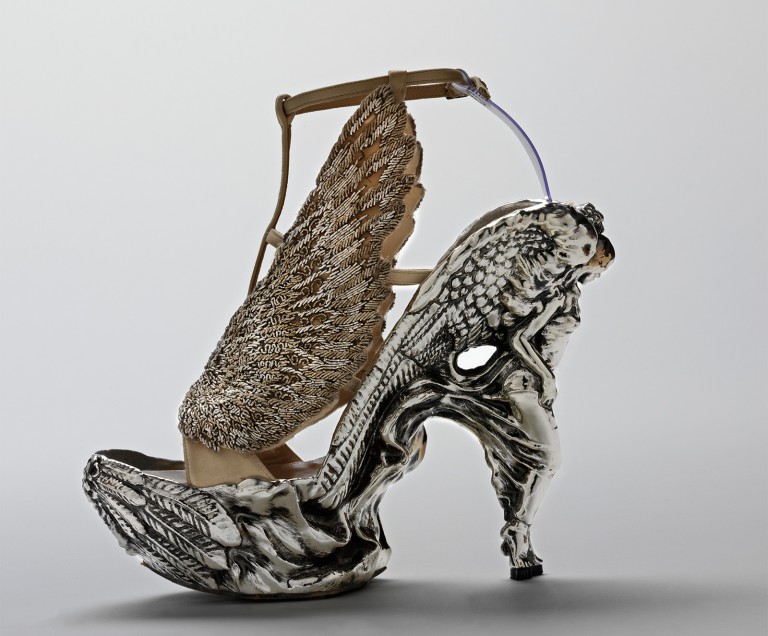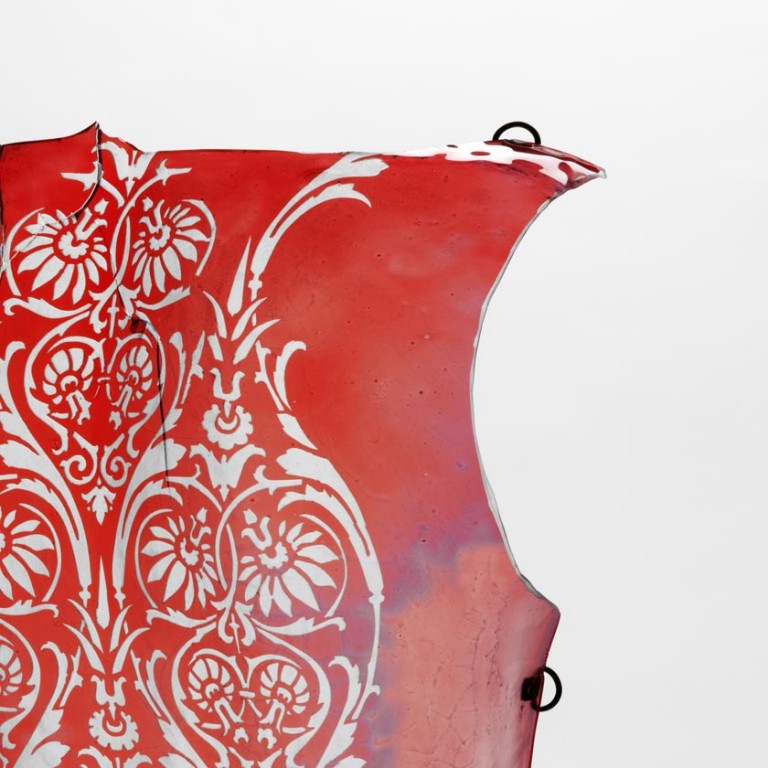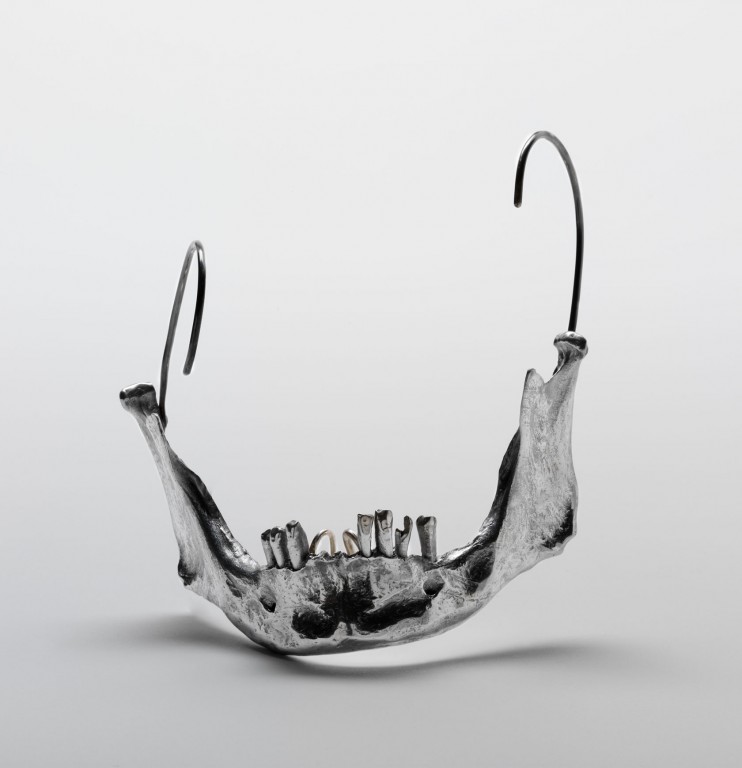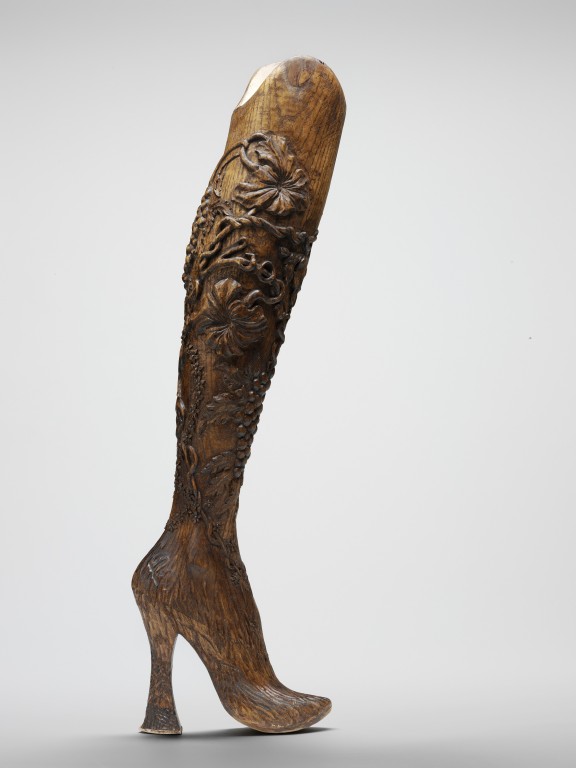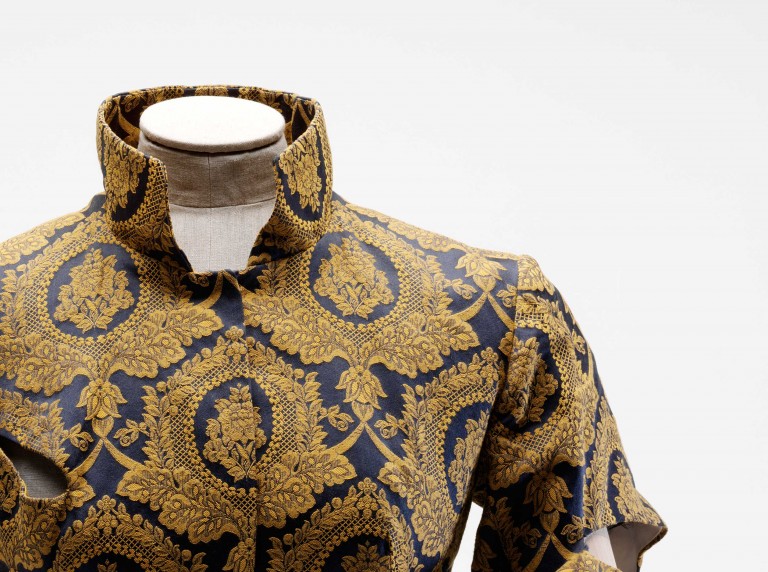Transcript
The carving on this bust is what’s known as carving in the solid, where the detail is worked directly into the block itself rather than applied carving, which can be worked separately and then glued or nailed on. The carver starts with a block; in this case that’s created from planks. You can see the glue joints between them, creating something that’s stable and less prone to warp or crack. The basic form would have been sawn out and then gradually the waste material shaved away using razor sharp chisels of different sizes and shapes in order to delineate the surface texture and detail; carving in the solid means that the carver can’t afford to make a single mistake. The realistic anatomy of the bust is powerful and expressive but what I think we’re drawn to are the flowers, stems and leaves that grow up over the breastbone on to the neck. This style of floral carving reached a peak of development at the end of the seventeenth century in the work of Grinling Gibbons, a Dutchman working in England, whose London workshop produced spectacular set piece carvings for palaces and churches. Although the selection and composition of motifs reminds us of Gibbons’ work, the final effect is rather different: less decorative, more organic, as if the life force of the body is bursting out uncontrollably in new growth. Like a form of plant cancer, perhaps. Or like the living leaves that spring from the body of a Green Man, the wild creature in Medieval art.

